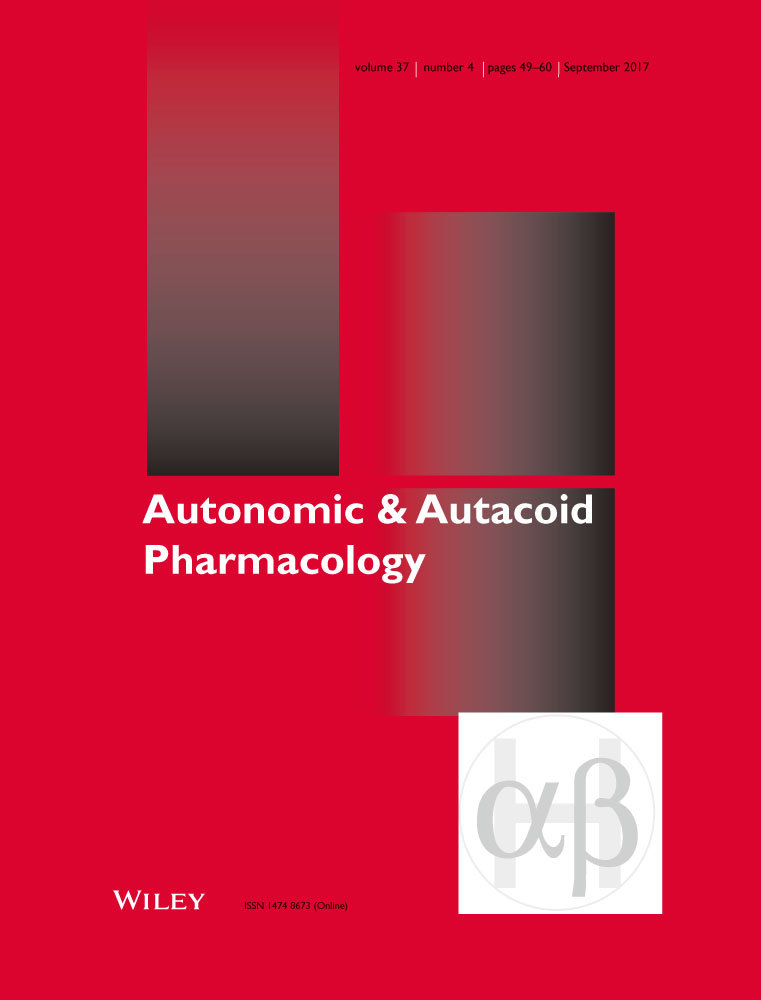Water-soluble fullerene derivatives attenuate exsanguination-induced bronchoconstriction of guinea-pigs
Abstract
1 This study investigated the effects of increased antioxidants (administration of water-soluble fullerenol-1 and pre-exposure to chronic hypoxia) as well as an iron-chelating agent (deferoxamine) on exsanguination-induced noncholinergic airway constriction in guinea-pigs.
2 Fullerenol-1 usually did not cause significant alteration in respiratory function (lung volumes, dynamic respiratory compliance, maximal expiratory flow at 50% total lung capacity (V¨max50), and forced expiratory flow at 0.1 s (FEV0.1)) at low (200 μg kg−1) or at high doses (2 mg kg−1), except that it produced a slight bronchial constricting action (decreases in both V¨max50 and FEV0.1) at high doses (2 mg kg−1) via intratracheal instillation.
3 Beginning 15 min after exsanguination, there was a marked temporal decrease in FEV0.1, indicating a gradual increase in airway constriction with time.
4 Administration of either fullerenol-1 or deferoxamine, or pre-exposure to chronic hypoxia significantly ameliorated the exsanguination-induced bronchoconstriction. The results provide evidence that oxygen radicals play an important role in exsanguination-induced airway constriction.
5 The significant effects of the increased antioxidants and deferoxamine, however, cannot be explained by the alteration in either tracheal neutral endopeptidase activity or lung tissue substance P level.




